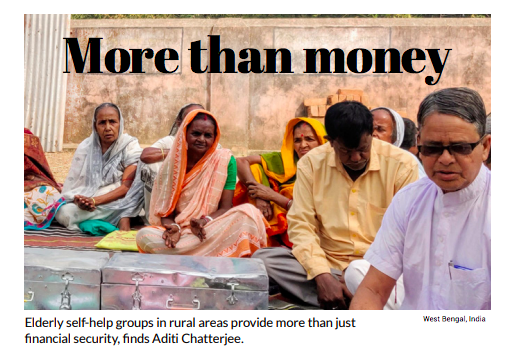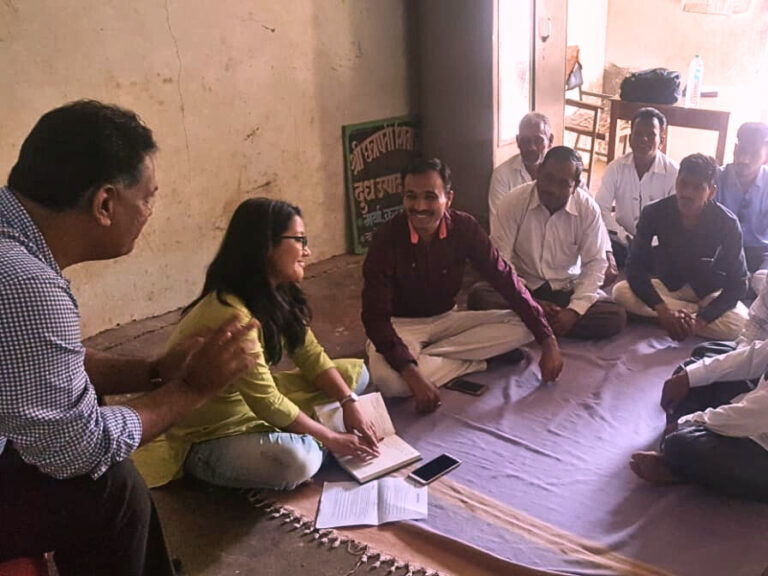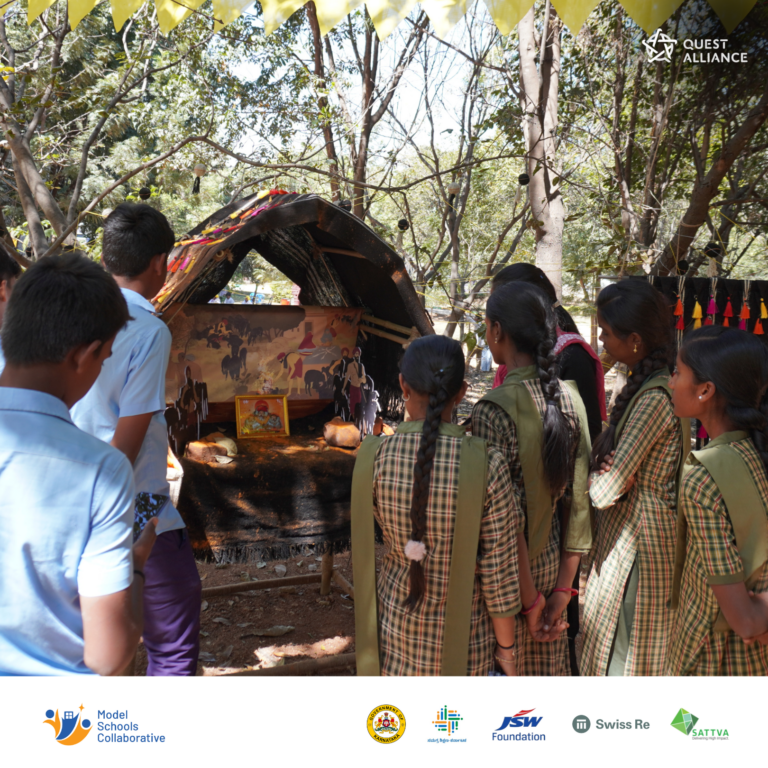Elderly self-help groups in rural areas provide more than just financial security.
National Bank for Agriculture and Rural Development (NABARD) in India defines Self Help Groups (SHGs) as “small economical homogenous affinity groups of rural poor, voluntarily formed to save and mutually contribute to a common fund to be lent to its members as per group decision.” The loans that the rural poor can avail of is utilized in a number of ways, including generation of income through entrepreneurial pursuits.
Earning a living, however, is not the sole reserve of under-60-year olds. Given their vulnerabilities, elderly people in villages need it just as much. In the last two decades, HelpAge India has pioneered the creation of Elder Self-Help Groups or ESHGs in rural India to provide livelihood support to the elderly. The success of this model has led to its adoption by the Ministry of Rural Development for the National Rural Livelihoods Mission in India, for 5,543 ESHGs, impacting 67,014 elders across 12 states in India. The ESHG members may save as low as an amount as INR 30 (USD 0.42) per month per person, and then pool their resources to inter-lend within their group of 10-20 people, eventually moving on to larger loans through financial linkages with banks. They may then individually or collectively engage in income generating activities, such as taking on the project of cooking the midday meal for children in the village school.
While ESHGs have potent financial impact on the lives of the aged, there are also some lesserknown social aspects that are harder to quantify and may often be empirical in nature. However, there is no denying the positive impact they have on the personal psyche and relationships of seniors.
Increased inter-generational bonding
Travels into rural West Bengal brought us in touch with 10 such ESHGs, including a few 80-year-olds who walked into the ESHG meeting bent over crude walking sticks. They were too old to earn the INR 1 (less than 2 US cents) a day that they had to contribute to the collective savings fund. They proudly announced though, that their grandchildren gave them INR 1 a day from their own daily “pocket-money” of INR 5 so that the grandparents could be a part of the ESHGs. Though anecdotal in this instance, ESHGs have been known to increase intergenerational bonding within the family due to similar circumstances.
Improved status within the family
Old age is sometimes associated with familial neglect. However, ESHG members often enjoy improved status within their families. One of the reasons for this is that they are able to contribute to the family income through their own earnings via the ESHG. Even in the absence of such earnings, the elderly nominate family members who will be the recipient of their ESHG savings and the interest it accrues upon their demise. Having an inheritance to leave behind therefore also contributes to their improved social standing within the family.
Antidote to loneliness
Even with improved social status in the family, loneliness is a real concern for the aged. Amidst their own work and household chores, family members may have little time to spare to engage with the elderly folks in the house.
However, village elders who had become ESHG members said that they had organized outings to picnic spots and religious sites as a group – something they had never tried before. Others mentioned that when ill-health hampered their mobility, the whole group congregated close to their house for the weekly meetings so that they could be a part of it. Interestingly, the elderly having their own social circle led to decreased stress for the care-givers in the family too, and therefore often resulted in more harmonious family relationships.
Broadened horizons and collective action
Among the most remarkable effects of the ESHGs however, is the impact of exchange tours to other ESHGs. Not only does this expose members to wonders they had never experienced in their own lives (like travelling by train for the first time, or seeing running water flowing out of a tap), it also gets them acquainted with best practices of other groups. There have been reports of groups who almost doubled their contribution to the savings fund to provide small stipends for more destitute members. Dolon Mukherjee, a Ph.D. scholar in gerontology and a HelpAge India veteran, commented that ESHGs who had met such groups came back to their own villages and started to save INR 2 instead of INR 1 per month. The reason? To set up a parallel avenue of pensions for members of their ESHGs who did not have access to state pensions and social security benefits.
Elder Self-Help Groups have, therefore, not just helped the elderly financially, but also given them a new lease on their social and personal lives in their twilight years.
———-
This article was originally published in Impact Magazine and can be accessed here.
You can find more Insights from Sattva here.
To talk to us for collaborations or partnerships, you can write to us: impact@sattva.co.in




